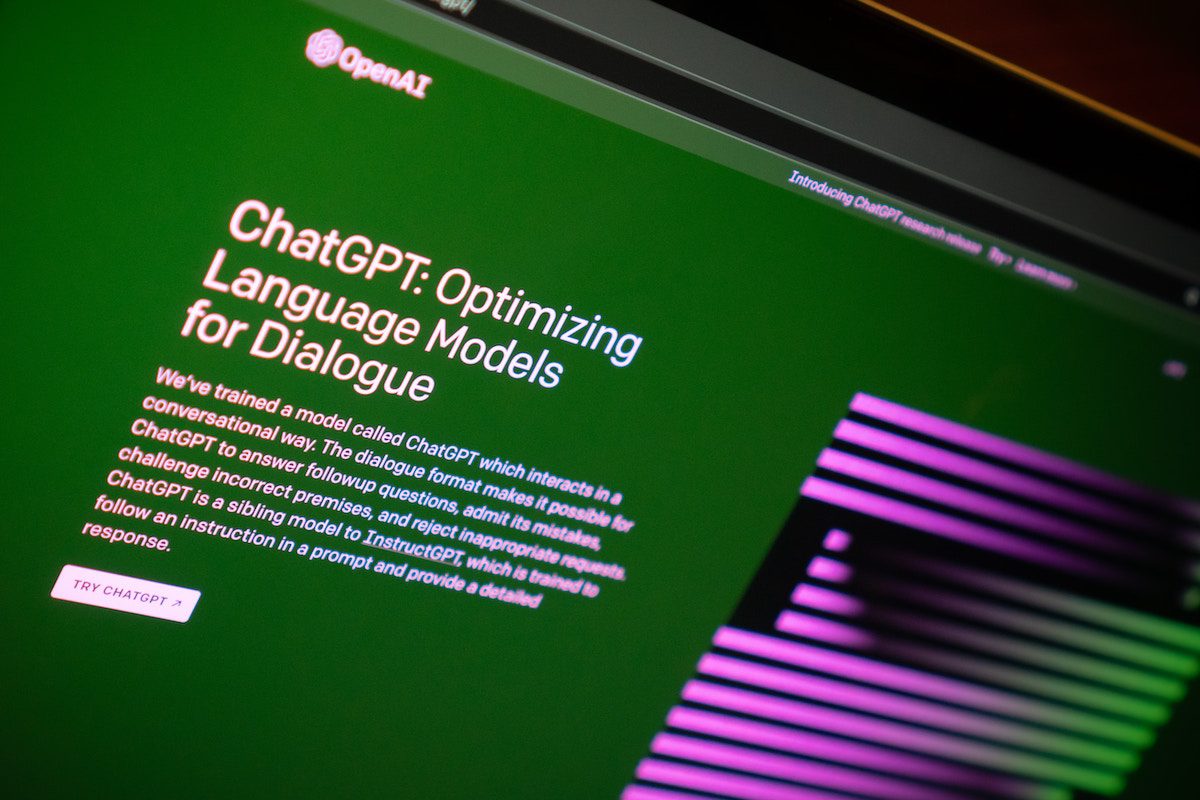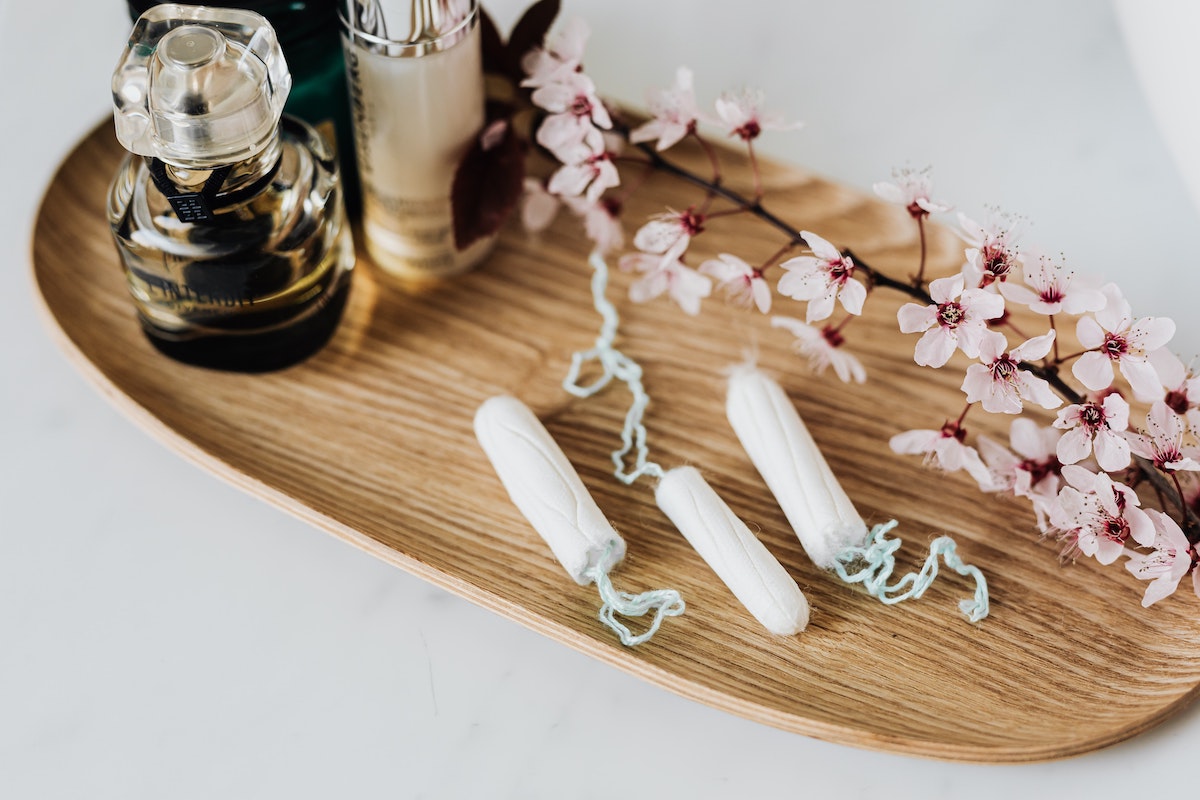How to Monitor Your “Energy Bank”
Go to the gym. Finish your presentation. Fold the laundry. Text Laura back. And on… and on… and on.
We’re all a little too familiar with the endless ‘to do’ list, where work, family, and personal responsibilities make us wish that there were more hours in the day. Sadly, unless we find ourselves with Hermione Granger’s magical time turner, that’s not happening.

Enter: monitoring your energy bank. Monitoring – and maximizing – your personal store of energy helps make the most of your time, and keeps you feeling balanced and productive. The concept of an energy bank is that you have a finite store of personal energy, which you can learn to keep tabs on so you know how and when to either spend it, or save it up for later use.
Start an “energy journal”
Keep track of your energy levels by implementing a daily journaling habit. This can be as a simple as jotting down a few words in the notes app on your phone, or adding a line or two to your planner during your bedtime routine.
To get started, note the fullness of your energy bank from that day – overflowing, balanced, or underfunded. Next, note 1-2 things from your day that gave you energy, and 1-2 things that slowed you down. Over time, you’ll be able to spot patterns from the impacts different activities have on your energy levels.
Plan ahead to avoid going energy bankrupt
There are days and activities that really take the wind out of us. Through journaling, you can recognize those activities before they occur. To minimize the impacts of high-energy tasks, review what you need to accomplish a week ahead of time, and schedule a mix of energy-giving and energy-taking activities that complement one another in your schedule.
For example, if a killer workout gives you boundless energy, schedule it on day that you’re doing an activity that zaps your energy bank – like filing your taxes – to balance yourself out.
Learn to create new behaviors for yourself
As you’re monitoring your energy and the impact of scheduling, you’ll likely be needing to make some behavioral changes. For example, say you have a client presentation on Friday afternoon before you leave for vacation Friday night. A schedule that’s optimized for energy conservation is going to have you packing for that trip early in the week so that you can focus on the client meeting the night before. If you’re a procrastinator by nature, this requires a major mindset overhaul.
On the flip side, too many of us try to do it all – work, home, kids, friends, fun – while we’re basically running on empty. Scheduling to balance your energy bank requires ruthless prioritization. Maximize your energy by becoming choosy with your time, identifying when you need help, and learning when to let go.
Surround yourself with people who energize you
Just as tasks either bring us up or drag us down, our fellow humans have similar effects on us. Become mindful of the friends, family, and colleagues who impact your energy bank. It’s a smart investment to spend more time with people who you feel good being around, whether they motivate you or make you smile.
You should offer less energy to people who deplete your drive. In some cases, this might require cutting toxic friends out of your life entirely. For relationships where we have less control over time together – like a boss or neighbor – be intentional about the energy you devote to them outside of seeing each other. For example, complaining to a trusted friend or partner feels cathartic in the moment, but that gossip session also prolongs the time you give to this energy-draining person. Monitor your energy bank by minimizing the burden you’re taking in regards to the relationship in question.
Identify how you recharge best
Maintaining a balanced energy bank requires deliberate periods of restoration. We are all unique in how we gain energy, and it is essential to determine your personal patterns. If you’re an extrovert – schedule time with friends who lift you up. If you’re an introvert, a quiet day on your own may be the ticket to revive. There are folks who feel amazingly well-rested after a day on the couch, while others feel totally sluggish and burnt out. Identify the situations that work best for you, and make it a habit to schedule periods of recharge when you know you need it (or maybe even before you need it).












